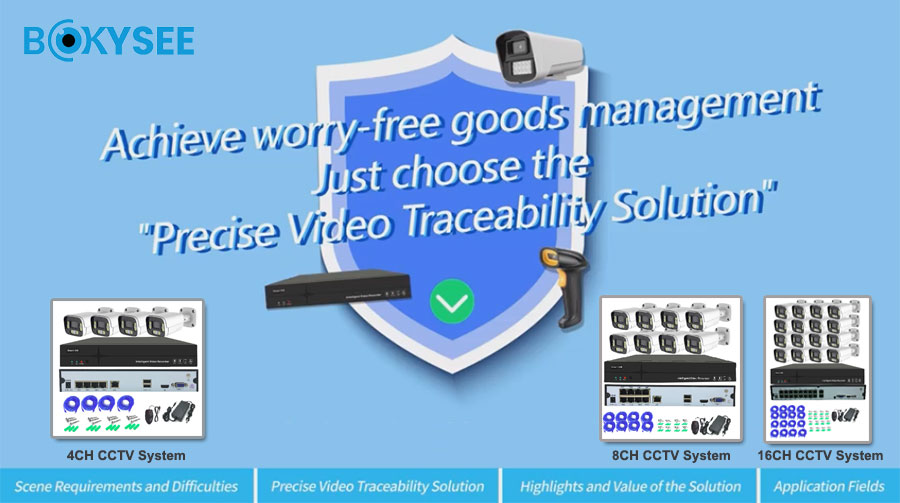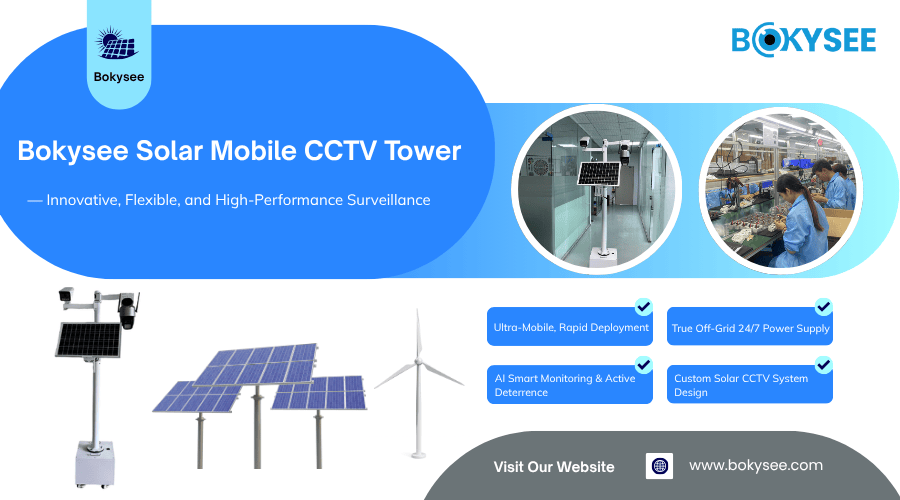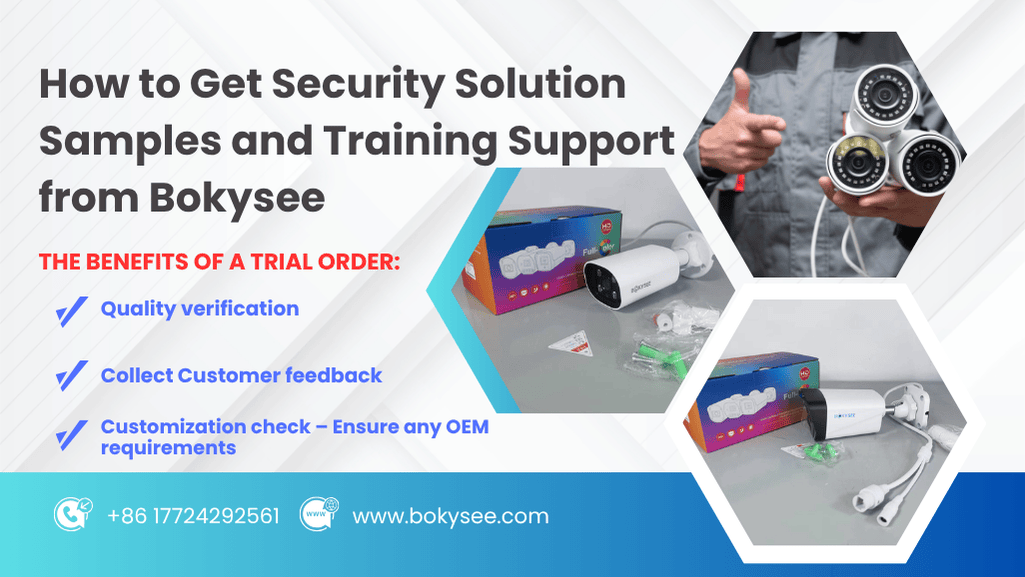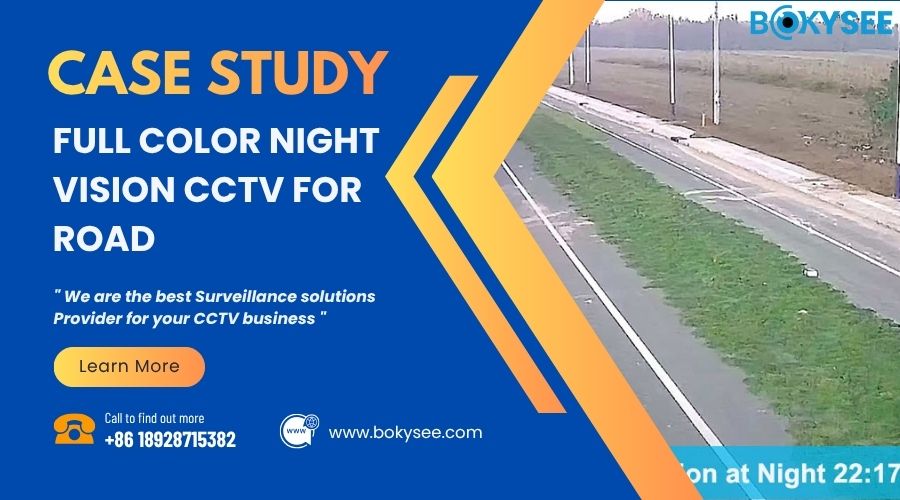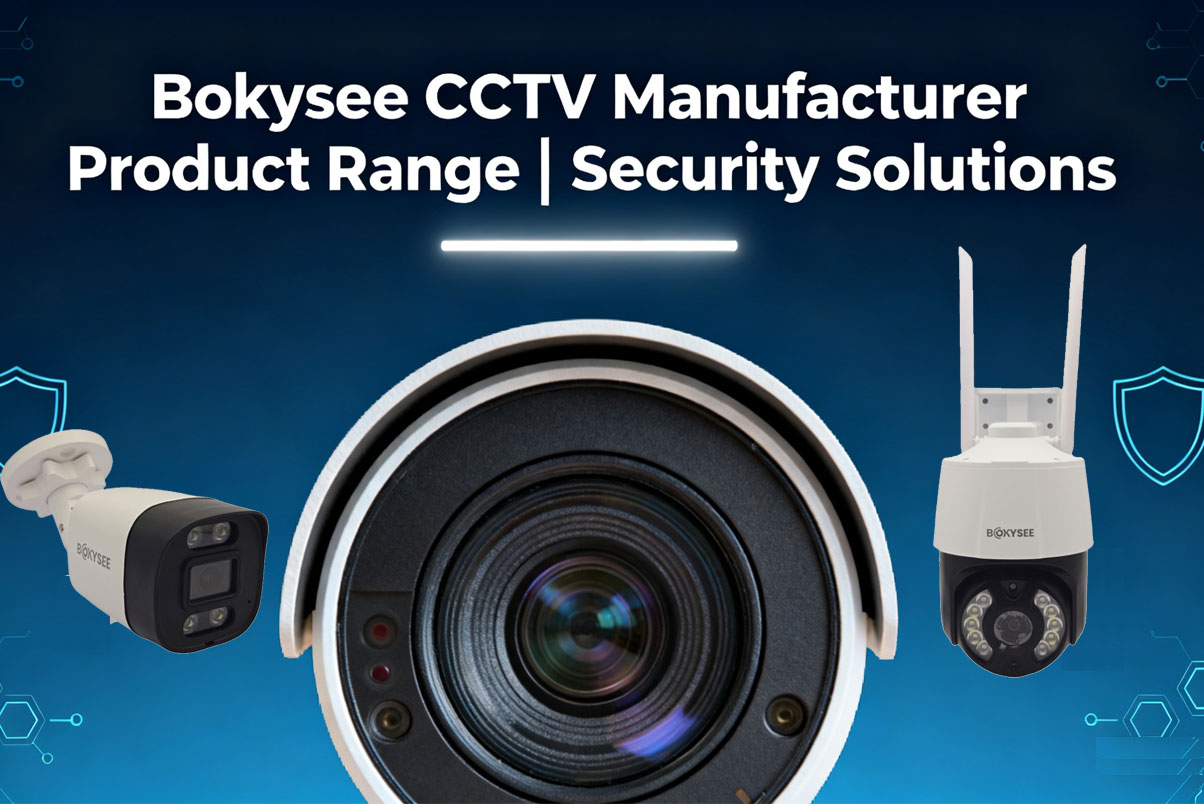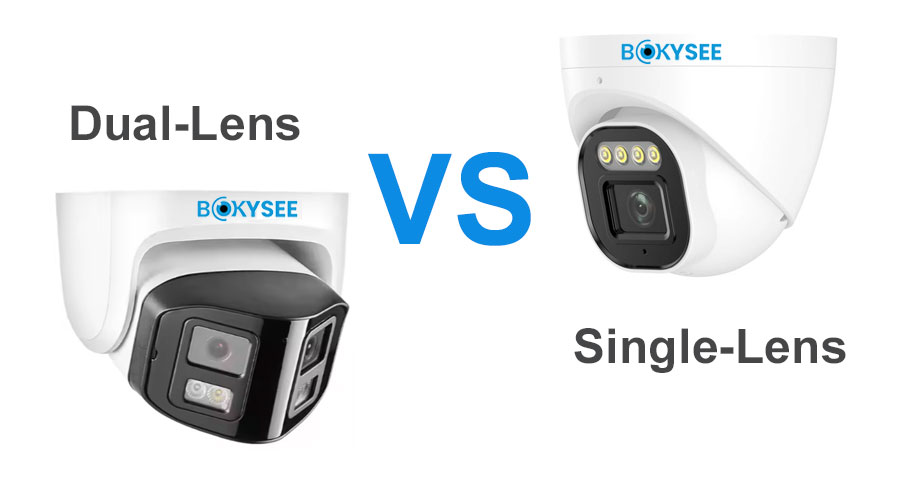
Dual Lens Security Cameras play a crucial role in ensuring the safety of homes, businesses, and public spaces. The global home security camera market is valued at approximately $6.7 billion in 2023. With advancements in technology, the debate between Dual Lens Security Cameras and single-lens cameras has become more prominent. Dual Lens Security Cameras provide superior coverage and sharper image quality, while single-lens cameras are more straightforward and budget-friendly. Choosing the right option requires understanding these differences to meet your specific security needs.
Understanding Dual-Lens Security Cameras
What are Dual-Lens Security Cameras?
Dual-lens cameras have two lenses to take pictures at once. They capture images from different angles, reducing blind spots. This design helps cover more area and track objects better. These cameras can also judge distances, making tracking easier. Many modern dual-lens cameras include smart features like AI tools. They also reduce false alarms in real-time. These features make them great for homes and businesses.
Advantages & Key Features of Dual-Lens Security Cameras
Better Coverage and Depth
Dual-lens cameras see more than single-lens cameras. The two lenses overlap, leaving no gaps in coverage. They also create a 3D-like view, showing object distances clearly. This helps in spotting how far away things are.
Clearer Images in Low Light
Dual-lens cameras work well in dim light. One lens takes color pictures, while the other takes black-and-white ones. Combining these images makes them sharper and clearer. This feature is helpful at night or in dark places.
How Dual-Lens Security Cameras Work
Two Lenses Working Together
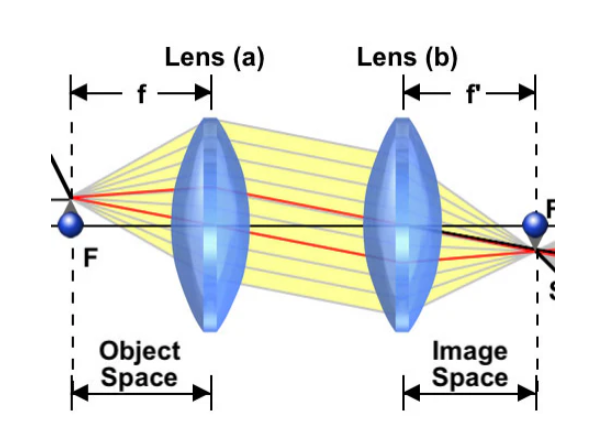
Dual-lens cameras use a zoom lens and a wide lens. The zoom lens shows close-up details, while the wide lens shows more area. Together, they give a full view of the surroundings.
Wide Coverage

Dual-lens cameras watch multiple angles at the same time. This means fewer cameras are needed for large spaces. They are great for places needing high security.
Works Day and Night
Dual-lens cameras adjust to light changes. The black-and-white lens works in low light, and the color lens works during the day. This keeps image quality good all the time.
Full Area View
Dual-lens cameras give a wide view of the area. This lets users see everything happening in one glance. The wide view helps spot activities across large spaces without missing anything important.
Understanding Single-Lens Security Cameras
What are Single-Lens Security Cameras
Single-lens cameras use one lens to record videos or pictures. They are simple and easy to use. These cameras capture footage from one fixed angle. They work well for basic security needs. Many single-lens cameras have motion detection and night vision. They are great for small areas or simple monitoring tasks.
Key Features of Single-Lens Cameras
Single-lens cameras are good for basic security jobs. Most have clear video quality with standard resolution. Many models can see in the dark using infrared technology. Their small size makes them easy to place anywhere. Some have built-in storage or connect to the cloud. These features make them reliable for everyday use.
How Single-Lens Cameras Work
A single-lens camera uses one lens to capture images. The lens focuses light onto a sensor inside the camera. The sensor turns the light into digital signals. These signals become video footage. The fixed lens only shows one specific area. This makes single-lens cameras best for watching small zones.
Advantages of Single-Lens Security Cameras
Cost-Effectiveness
Single-lens cameras are cheaper than other security cameras. Their simple design costs less to make. This makes them affordable for people on a budget. Fewer parts mean fewer repair costs too. They are a good choice for basic security without spending much.
Simplicity in Installation
Single-lens cameras are easy to set up. Their small size makes them quick to mount on walls. Many models are plug-and-play, so they are ready to use fast. Simple designs save time and don’t need special skills to install.
Disadvantages of Single-Lens Security Cameras
Limited Coverage
Single-lens cameras only record from one angle. They can’t cover large areas and leave blind spots. Watching big spaces needs more cameras. This makes them less useful for wide-area security.
Potential Image Quality Issues in Challenging Conditions
Single-lens cameras may not work well in bad lighting. Their sensors are not great at capturing light in the dark. Poor lighting can make videos blurry or unclear. Bad weather can also lower image quality. These issues make them less effective in tough conditions.
Dual-Lens vs. Single-Lens Security Cameras: A Simple Comparison
Comparing Dual-Lens and Single-Lens Cameras
Explore the key differences between dual-lens and single-lens security cameras.
|
Features |
Dual-Lens Security Cameras |
Single-Lens Security Cameras |
|---|---|---|
|
Coverage Area |
Wider view with no blind spots. |
Limited to one fixed angle. |
|
Image Quality |
Clearer images in various lighting. |
Basic quality, struggles in low light. |
|
Cost |
Higher initial investment required. |
More affordable and budget-friendly. |
|
Installation Ease |
Simple setup with clear instructions. |
Quick plug-and-play installation. |
|
Use Cases |
Ideal for large and complex areas. |
Best for small, specific locations. |
|
Maintenance |
Durable with less upkeep needed. |
Fewer parts mean lower maintenance. |
|
Smart Features |
Often include advanced AI tools. |
Basic features without smart technology. |
Coverage and Viewing Area
Dual-Lens: Wide View with No Blind Spots
Dual-lens cameras use two lenses to see more area. The overlapping views remove blind spots, covering everything. This makes them great for big places like parking lots. They can show close-up and wide views at the same time.
Single-Lens: Smaller Viewing Area
Single-lens cameras only look at one fixed spot. They can’t cover large areas without adding more cameras. For small spaces or specific spots, they work fine. But they are not ideal for watching big places.
Picture Quality and Performance
Dual-Lens: Clearer Images in Any Light
Dual-lens cameras give sharp pictures, even in dim light. One lens shows colors, and the other works in the dark. Together, they make clear and detailed images. They also create a 3D-like view, helping track objects better.
Single-Lens: Basic Picture Quality
Single-lens cameras are good for simple security needs. They may not work well in low light, making images blurry. In bright areas, they perform well. But they don’t have features like depth or 3D views.
Price and Upkeep
Dual-Lens: Costs More at First
Dual-lens cameras have advanced parts, so they cost more. But they cover bigger areas, so you might need fewer cameras. This can save money over time for large spaces.
Single-Lens: Cheaper and Easy to Maintain
Single-lens cameras are less expensive because they are simpler. They are a good choice for people with tight budgets. Fewer parts mean lower repair costs. They work well for homes or small businesses needing basic security.
Use Cases and Applications
Dual-Lens: Best for Big Areas and Complex Watching
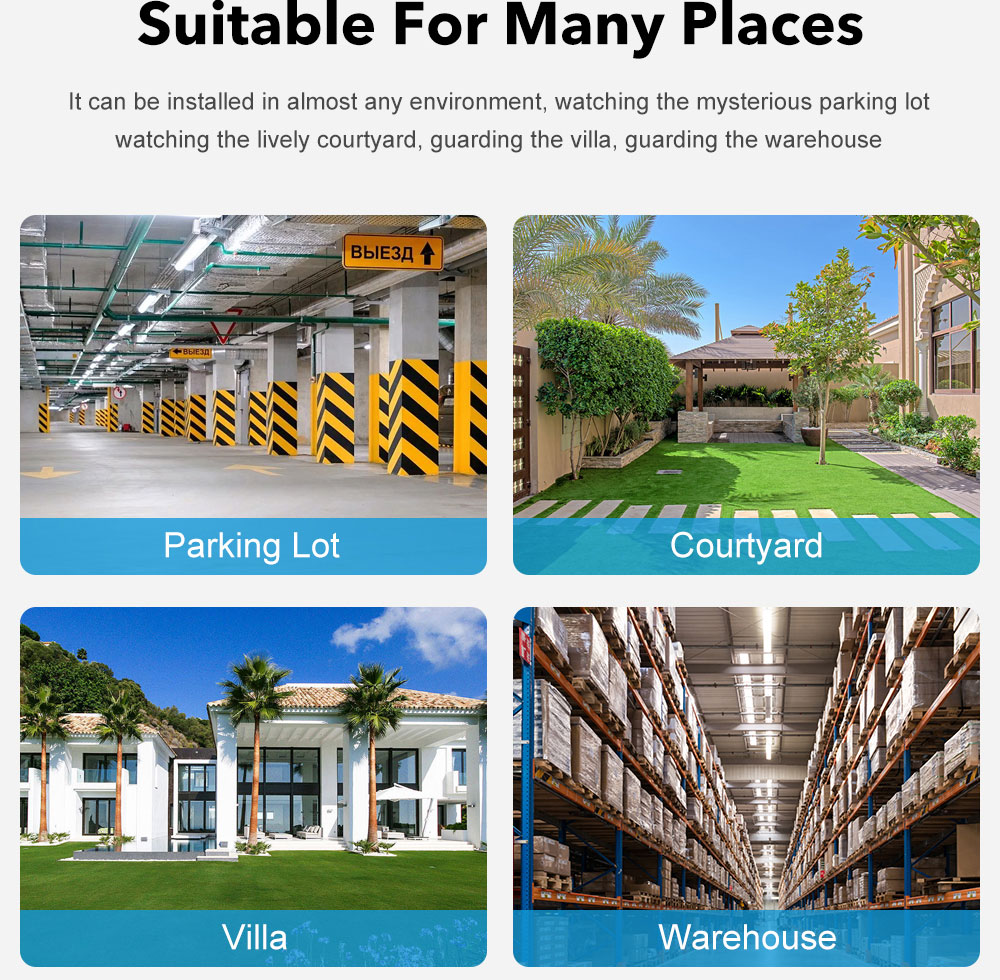
Dual-lens cameras are great for large spaces. The wide lens shows a big area, and the zoom lens shows details. Together, they make sure nothing is missed. They work well in parking lots, warehouses, and outdoor places. These cameras can follow moving objects, making them good for busy spots. Smart features like auto zoom and motion detection help a lot. You need fewer cameras to cover big areas, saving on equipment.
Single-Lens: Good for Small Spaces and Simple Watching
Single-lens cameras are perfect for small or quiet areas. Their simple design works well in homes, small offices, or stores. They are great for watching one door or room. Their small size makes them easy to place anywhere. Night vision helps them see in the dark. They are cheap and good for basic security. Easy setup makes them quick to use for people needing fast solutions.
Popular Dual-Lens and Single-Lens Security Camera Models
Dual-Lens Camera Recommendations
Bokysee Dual-Lens Camera: Features and Benefits

The Bokysee Dual-Lens Camera works great for advanced security. It uses two lenses to show wide and zoomed-in views together. This helps cover all areas without missing anything. The camera has smart motion detection to track movement accurately. It reduces blind spots, making it perfect for big places like parking lots. It works well in low light by mixing color and black-and-white images. Its strong build makes it reliable in all kinds of weather.
Other Notable Dual-Lens Models
Other dual-lens cameras also offer great features for better security. The Hikvision TandemVu series gives both wide and detailed views. The Reolink Duo 2 has a wide lens and smart AI for better monitoring. The Dahua WizMind series includes advanced tracking and analytics tools. These cameras are designed for different needs and work well in many places.
Single-Lens Camera Recommendations
Bokysee Single-Lens Camera: Features and Benefits
The Bokysee Single-Lens Camera is simple and budget-friendly. Its small size makes it easy to set up in homes or offices. It provides clear videos with basic resolution for everyday security. Infrared night vision helps it see in the dark. The plug-and-play design makes installation quick and easy. It also has built-in storage for saving videos locally.
Other Notable Single-Lens Models
Other single-lens cameras are also good for simple security tasks. The Wyze Cam v3 offers HD video, motion alerts, and weatherproofing at a low price. The Blink Mini is small and has cloud storage for home use. The Arlo Essential Spotlight Camera has a built-in light for better night security. These cameras are affordable and still have important features for basic needs.
Factors to Think About When Picking Dual-Lens or Single-Lens Cameras
Budget Limits
The price of cameras matters when choosing. Dual-lens cameras have advanced tools like auto tracking and wide views. These features make them cost more than single-lens cameras. Spending more upfront is good for long-term use and wide coverage.
Single-lens cameras are cheaper. Their simple design lowers production costs. This makes them great for people with small budgets. Fewer parts mean less money spent on repairs. For basic security, single-lens cameras are a smart, low-cost choice.
Size and Shape of the Area
The area’s size and shape decide the camera type. Dual-lens cameras are best for big spaces. They use a zoom lens and a wide lens together. This helps see both details and large areas. They are perfect for parking lots or warehouses. Fewer cameras are needed, keeping things simple.
Single-lens cameras are better for small places. They focus on one spot, like a door or room. For bigger areas, you might need more single-lens cameras. This could take more time and effort to set up.
Picture Quality and Features
The image quality depends on the camera type. Dual-lens cameras give clearer pictures. They show depth and work well in low light. Features like auto zoom and motion tracking make them very useful. These cameras are great for people needing sharp images and smart tools.
Single-lens cameras provide basic picture quality. They use infrared for night vision but may struggle in bad lighting. For simple watching, single-lens cameras are enough. They handle everyday security without extra features.
Ease of Installation and Maintenance
Dual-lens cameras are easy to set up, even with advanced features. They often have simple mounting systems for quick installation. Many models include clear instructions to help users install them fast. Features like auto-calibration reduce the need for manual tweaks. Their strong design makes them last longer with less upkeep. Weatherproof builds make them great for outdoor use without much maintenance.
Single-lens cameras are very simple to install. Their small size makes them easy to place anywhere. Many models are plug-and-play, so setup is fast and easy. You don’t need special skills to get them working. Their basic design means they need little maintenance over time. Fewer parts lower the chance of mechanical problems. Cleaning the lens regularly keeps them working well.
Expert Recommendations and Final Thoughts
When to Choose Dual-Lens Security Cameras
Dual-lens cameras are great for big spaces. They cover wide areas and zoom in for details. This makes them perfect for parking lots, warehouses, or outdoor spots. Features like motion tracking and AI tools improve security. They work well in low light, giving clear images. Fewer cameras are needed, saving money over time.
AI-powered cameras are becoming more popular. In 2023, they made up 40% of sales. By 2024, this is expected to reach 45%. Dual-lens cameras often include these smart features. If you want advanced technology, dual-lens cameras are a good choice.
When to Choose Single-Lens Security Cameras
Single-lens cameras are best for small spaces. Their compact size makes them easy to set up. They work well for doors, small rooms, or specific areas. Infrared night vision helps them see in the dark. They are affordable, making them great for tight budgets.
For simple use, single-lens cameras are easy to manage. Plug-and-play models are quick to install. They need little maintenance because they have fewer parts. Many support cloud storage for saving videos. In 2023, 60% of buyers chose cloud storage. This number may grow to 65% by 2024. Single-lens cameras with cloud storage are reliable and easy to use.
Balancing Cost and Functionality
Choosing between dual-lens and single-lens cameras depends on your needs. Dual-lens cameras cost more upfront. But they cover large areas with fewer units, saving money later. Features like AI tools and motion tracking add extra value. For high-quality performance, dual-lens cameras are worth the price.
Single-lens cameras are cheaper and simpler. They meet basic security needs without extra features. For small spaces, they are a great option. You can get good security without spending too much.
Think about your security needs before deciding. Big spaces with complex needs suit dual-lens cameras. Small areas with limited budgets work better with single-lens cameras. Choosing based on your priorities ensures the best value for your money.
Why Choose Bokysee Dual-Lens Security Cameras?
Surveillance technology is evolving, and dual-lens security cameras are at the forefront of innovation. Bokysee’s advanced dual-lens security cameras offer wider coverage, sharper details, and smarter tracking, making them ideal for homes, businesses, and large outdoor areas.
Key Advantages of Bokysee Dual-Lens Security Cameras
1. 180° Panoramic Coverage – No Blind Spots
Unlike traditional cameras, Bokysee’s dual-lens security cameras provide a seamless 180° ultra-wide view, eliminating blind spots and ensuring comprehensive protection. Video stitching technology merges footage from both lenses for a smooth and uninterrupted panoramic image.
2. Ultra HD Clarity with Smart Auto-Zoom
Equipped with high-resolution sensors, these cameras capture sharp and detailed footage, ensuring every moment is recorded with precision. AI-powered auto-zoom tracking follows movement in real time, enhancing security monitoring.
3. Advanced Night Vision for 24/7 Protection
Bokysee’s dual-lens cameras feature full-color night vision and infrared technology, delivering clear visibility even in total darkness. Whether in low-light conditions or complete darkness, you get crystal-clear images for uninterrupted security.
4. AI-Powered Motion Detection & Smart Tracking
With built-in AI technology, these cameras can detect humans and vehicles, reducing false alarms from animals or environmental movements. Auto-tracking features ensure that the camera follows moving objects, keeping them in focus at all times.
5. Flexible Connectivity Options
Bokysee offers multiple connectivity options to suit different needs:
✔ PoE (Power over Ethernet) – Stable, wired connection for professional security setups.
✔ WiFi – Easy installation and remote access via app control.
✔ 4G LTE – Perfect for remote areas without WiFi access.
6. Wireless & Solar-Powered Options
For areas with limited power supply, Bokysee’s solar-powered dual-lens security cameras provide a completely wire-free solution with built-in rechargeable batteries. These models offer energy efficiency and reliable 24/7 operation, even in off-grid locations.
7. Easy Installation & Remote Access
Bokysee dual-lens cameras are designed for plug-and-play setup, allowing users to install them within minutes. With mobile app integration, users can:
✅ Monitor live footage anytime, anywhere.
✅ Receive instant motion alerts.
✅ Communicate via two-way audio.
8. Durable & Weatherproof for All Environments
Built with IP65/IP66-rated weatherproof housing, Bokysee’s dual-lens cameras withstand harsh outdoor conditions, ensuring reliable performance in rain, snow, or extreme temperatures.
Upgrade to Bokysee Dual-Lens Security Cameras Today!
Whether you need home security, commercial surveillance, or monitoring for large outdoor areas, Bokysee’s dual-lens security cameras provide unparalleled coverage, AI intelligence, and all-weather durability.
🔗 Explore our latest dual-lens security cameras today! Check out our products 🚀
Would you like to add specific product recommendations to this blog? 😊
Dual-lens cameras cover more area and give clearer pictures. They also have smart tools like motion tracking. Single-lens cameras are simple, cheaper, and easy to set up. Picking the right one depends on your needs. Big spaces work best with dual-lens cameras. Small areas are better for single-lens cameras. Think about your budget, space size, and picture quality before choosing. Bokysee makes great cameras for both types. Their designs are easy to use and work well. Check out Bokysee’s options to find the perfect camera for you.
See Also
Essential Insights Into Dual Lens Security Camera Systems
Comparing AI Security Cameras With Traditional Systems Today
Choosing Between Analog And IP Security Camera Options
Key Benefits Of Selecting Panoramic Fisheye Security Cameras
Why High-Resolution Surveillance Cameras Are Crucial For Security

